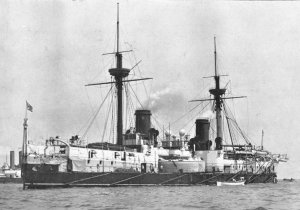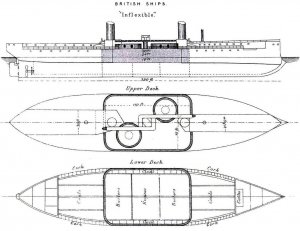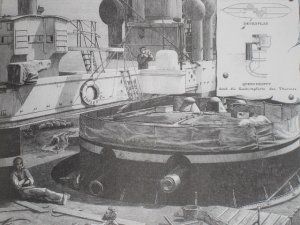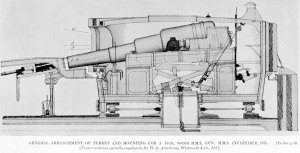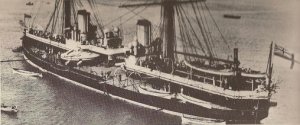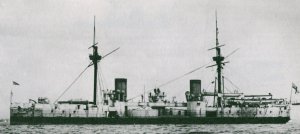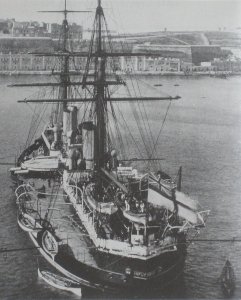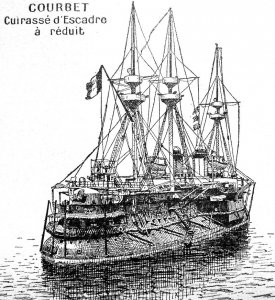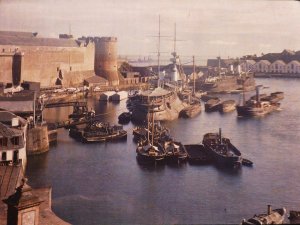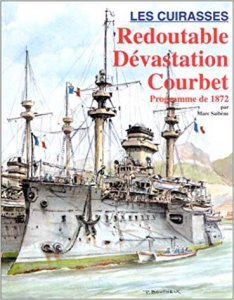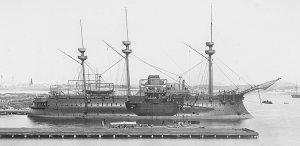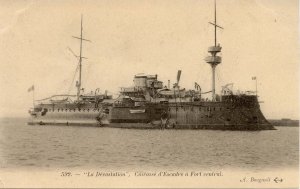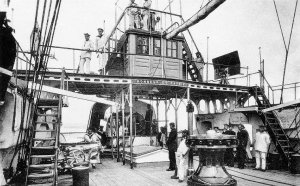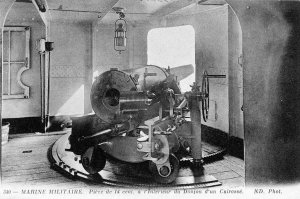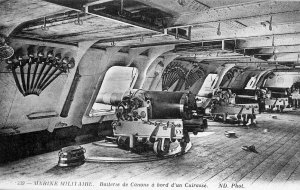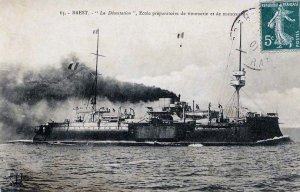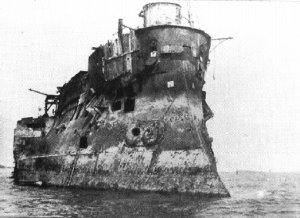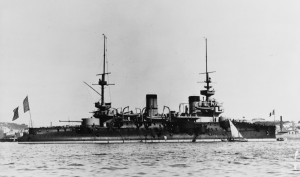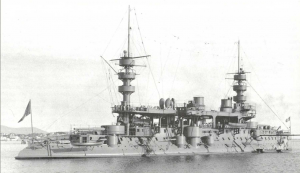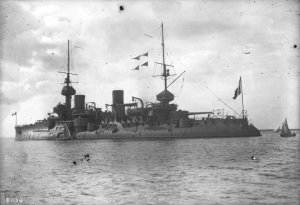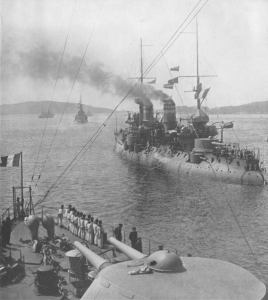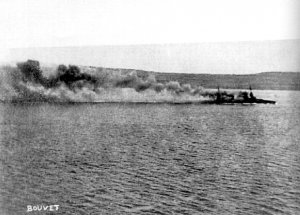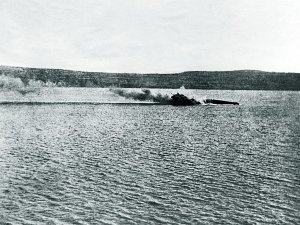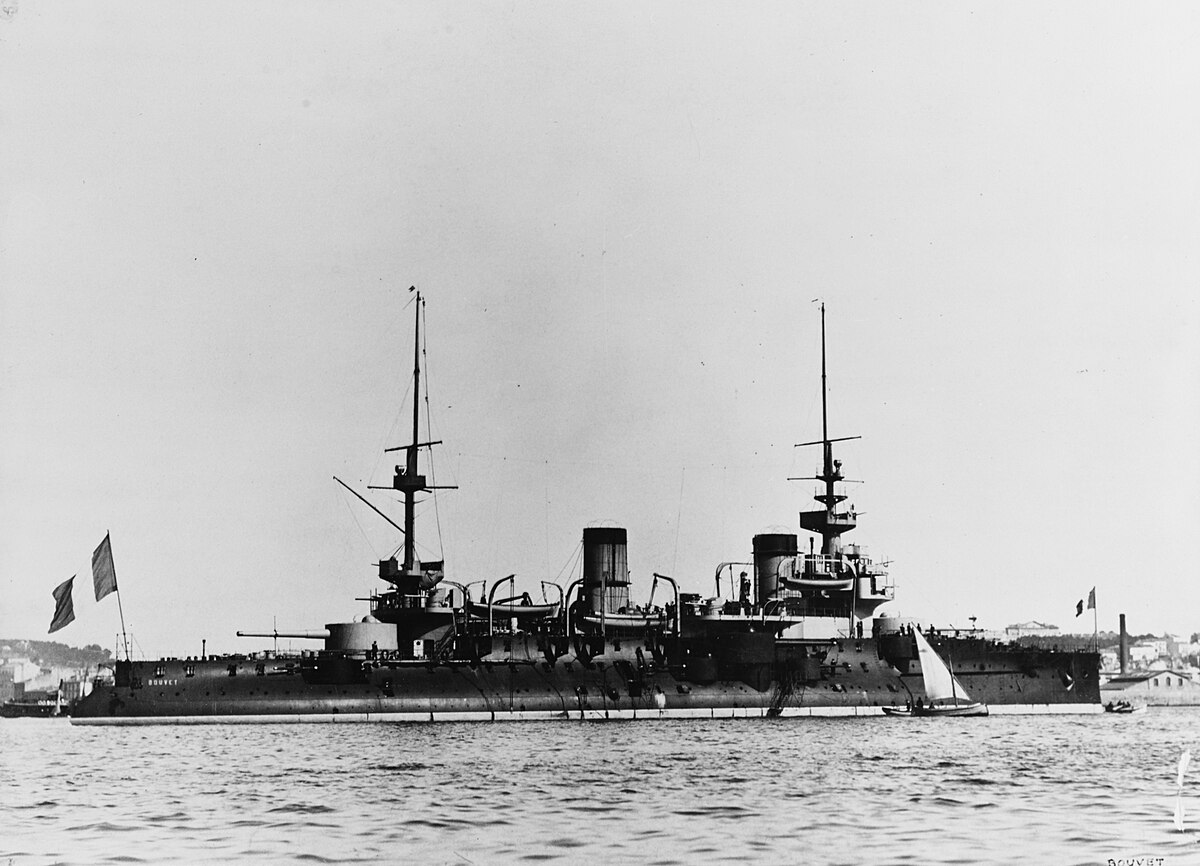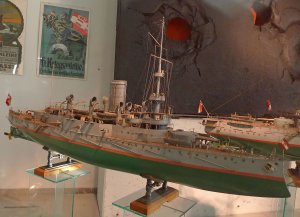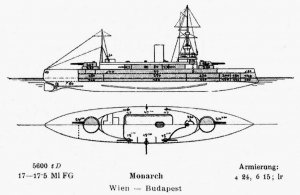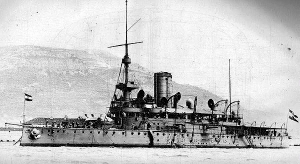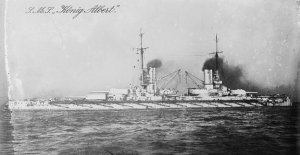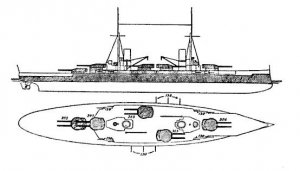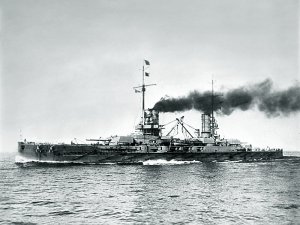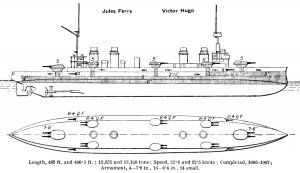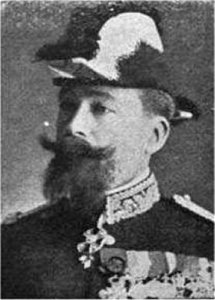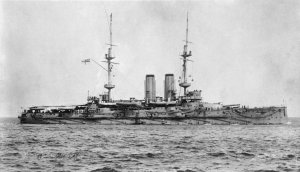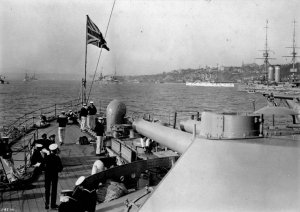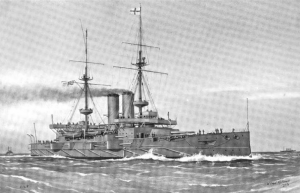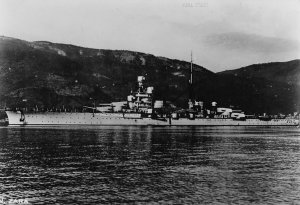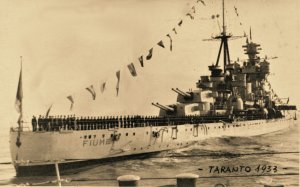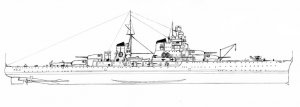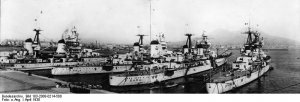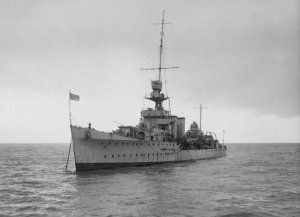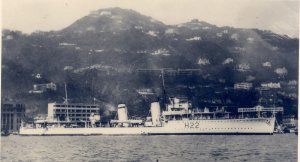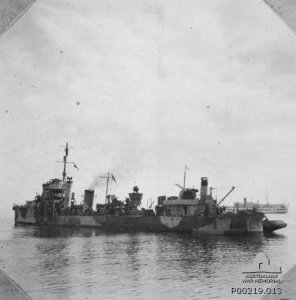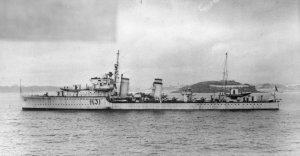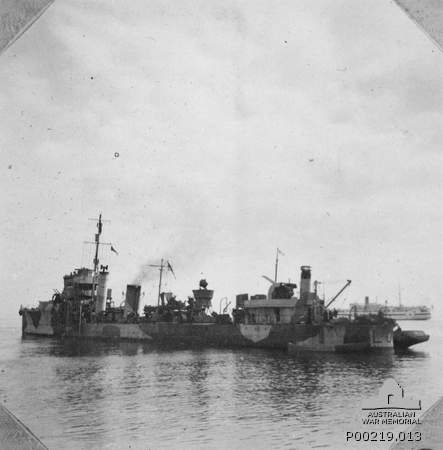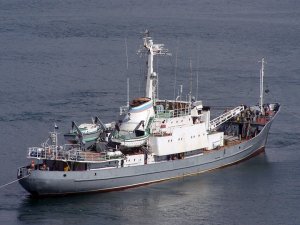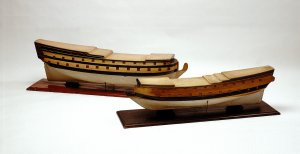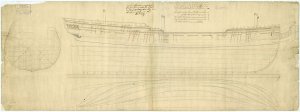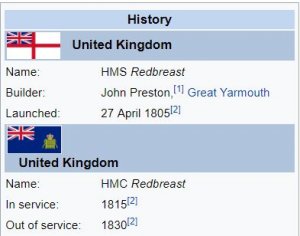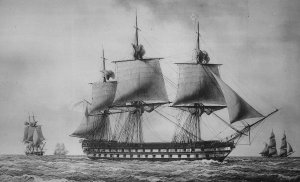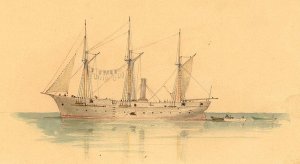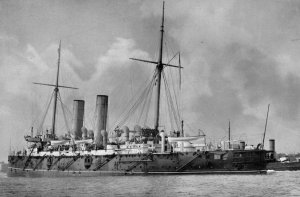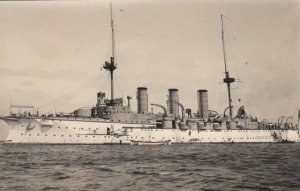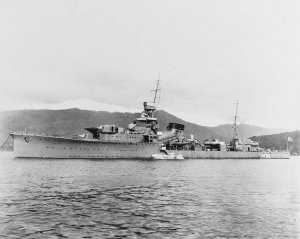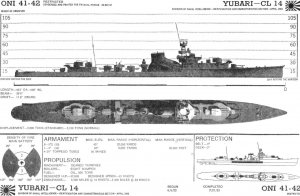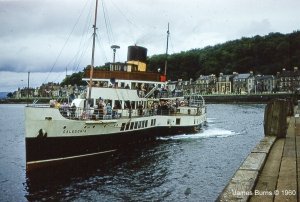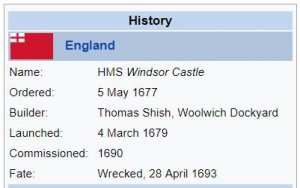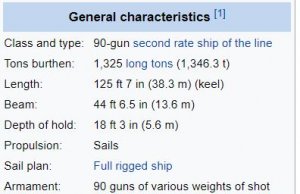Today in Naval History - Naval / Maritime Events in History
27 April 1785 – Launch of HMS Victorious, a 74-gun third rate ship of the line of the Royal Navy, launched at Blackwall Yard, London
HMS Victorious was a 74-gun third rate ship of the line of the Royal Navy, launched at Blackwall Yard, London on 27 April 1785. She was the first ship of the Royal Navy to bear the name.
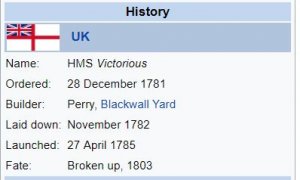
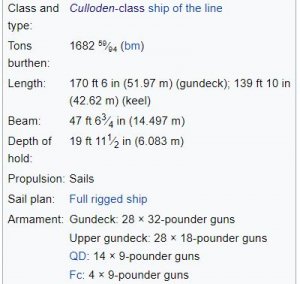
Career
In April 1795, Victorious ran aground on the Shipwash Sand, in the North Sea off the coast of Suffolk and was dismasted.
During the month of February 1796, Victorious encountered and captured the French privateer brig Hasard, formerly the British pilot ship Cartier, which was returning to Île de France (Mauritius) with a 10-man crew after having captured the East Indiaman Triton.
She took part in the Action of 8 September 1796.
Victorious participated in the capture of the Dutch colony of Cape Town, in which an invasion had been caused due to fears of France's expansion across the world. Britain seized the strategic Cape Town and thus secured the nation its routes to the East. The rest of her career was spent in the warm climates of the East Indies, patrolling the vast waters in that region.
In 1801 Captain Pulteney Malcolm took command as Victorous served as flagship for Admiral Peter Rainier.

Plan showing the body plan, sheer lines, and longitudinal half-breadth for Thunderer (1783), Terrible (1785), Venerable (1784), Victorious (1785), Theseus (1786), Ramillies(1785), and Hannibal (1786), all 74-gun Third Rate, two-deckers. The plan also records alterations dated January 1813 for cutting down 74-gun Third Rates to Frigates, relating specifically to Majestic (1785), Resolution (1770), and Culloden (1783), all 74-gun Third Rate, two-deckers. Only the Majestic was cut down to a 58-gun Fourth Rate, as the other two were broken up in 1813.
Fate
On her homeward passage from the East Indies in 1803, Victorious proved exceedingly leaky. When she met with heavy weather in the North Atlantic, her crew had difficulty keeping her afloat till she reached the Tagus, where she was run ashore. Malcolm, with the officers and crew, returned to England in two vessels that he chartered at Lisbon. She was condemned and then broken up in August at Lisbon.
On 1 August Sir Andrew Mitchell arrived at Portsmouth, in company with Calpe, carrying Malcolm, his officers, and crew.[5] Sir Andrew Mitchell, R. Gilmore, master, was a 14-year old, 522-ton (bm) ship on the Cork-Lisbon trade.


The Culloden-class ships of the line were a class of eight 74-gun third rates, designed for the Royal Navy by Sir Thomas Slade. The Cullodens were the last class of 74s which Slade designed before his death in 1771.
Ships
Builder: Deptford Dockyard
Ordered: 30 November 1769
Launched: 18 May 1776
Fate: Wrecked, 1781
Builder: Wells, Rotherhithe
Ordered: 23 August 1781
Launched: 13 November 1783
Fate: Broken up, 1814
Builder: Perry, Wells & Green, Blackwall Yard
Ordered: 9 August 1781
Launched: 19 April 1784
Fate: Wrecked, 1804
Builder: Wells, Rotherhithe
Ordered: 13 December 1781
Launched: 28 March 1785
Fate: Broken up, 1836
Builder: Perry, Blackwall Yard
Ordered: 28 December 1781
Launched: 27 April 1785
Fate: Broken up, 1803
Builder: Randall, Rotherhithe
Ordered: 19 June 1782
Launched: 12 July 1785
Fate: Broken up, 1850
Builder: Perry, Blackwall Yard
Ordered: 19 June 1782
Launched: 15 April 1786
Fate: Captured, 1801
Builder: Perry, Blackwall Yard
Ordered: 11 July 1780
Launched: 25 September 1786
Fate: Broken up, 1814
https://en.wikipedia.org/wiki/HMS_Victorious_(1785)

 en.wikipedia.org
https://collections.rmg.co.uk/colle...el-357740;browseBy=vessel;vesselFacetLetter=V
en.wikipedia.org
https://collections.rmg.co.uk/colle...el-357740;browseBy=vessel;vesselFacetLetter=V
27 April 1785 – Launch of HMS Victorious, a 74-gun third rate ship of the line of the Royal Navy, launched at Blackwall Yard, London
HMS Victorious was a 74-gun third rate ship of the line of the Royal Navy, launched at Blackwall Yard, London on 27 April 1785. She was the first ship of the Royal Navy to bear the name.


Career
In April 1795, Victorious ran aground on the Shipwash Sand, in the North Sea off the coast of Suffolk and was dismasted.
During the month of February 1796, Victorious encountered and captured the French privateer brig Hasard, formerly the British pilot ship Cartier, which was returning to Île de France (Mauritius) with a 10-man crew after having captured the East Indiaman Triton.
She took part in the Action of 8 September 1796.
Victorious participated in the capture of the Dutch colony of Cape Town, in which an invasion had been caused due to fears of France's expansion across the world. Britain seized the strategic Cape Town and thus secured the nation its routes to the East. The rest of her career was spent in the warm climates of the East Indies, patrolling the vast waters in that region.
In 1801 Captain Pulteney Malcolm took command as Victorous served as flagship for Admiral Peter Rainier.

Plan showing the body plan, sheer lines, and longitudinal half-breadth for Thunderer (1783), Terrible (1785), Venerable (1784), Victorious (1785), Theseus (1786), Ramillies(1785), and Hannibal (1786), all 74-gun Third Rate, two-deckers. The plan also records alterations dated January 1813 for cutting down 74-gun Third Rates to Frigates, relating specifically to Majestic (1785), Resolution (1770), and Culloden (1783), all 74-gun Third Rate, two-deckers. Only the Majestic was cut down to a 58-gun Fourth Rate, as the other two were broken up in 1813.
Fate
On her homeward passage from the East Indies in 1803, Victorious proved exceedingly leaky. When she met with heavy weather in the North Atlantic, her crew had difficulty keeping her afloat till she reached the Tagus, where she was run ashore. Malcolm, with the officers and crew, returned to England in two vessels that he chartered at Lisbon. She was condemned and then broken up in August at Lisbon.
On 1 August Sir Andrew Mitchell arrived at Portsmouth, in company with Calpe, carrying Malcolm, his officers, and crew.[5] Sir Andrew Mitchell, R. Gilmore, master, was a 14-year old, 522-ton (bm) ship on the Cork-Lisbon trade.


The Culloden-class ships of the line were a class of eight 74-gun third rates, designed for the Royal Navy by Sir Thomas Slade. The Cullodens were the last class of 74s which Slade designed before his death in 1771.
Ships
Builder: Deptford Dockyard
Ordered: 30 November 1769
Launched: 18 May 1776
Fate: Wrecked, 1781
Builder: Wells, Rotherhithe
Ordered: 23 August 1781
Launched: 13 November 1783
Fate: Broken up, 1814
Builder: Perry, Wells & Green, Blackwall Yard
Ordered: 9 August 1781
Launched: 19 April 1784
Fate: Wrecked, 1804
Builder: Wells, Rotherhithe
Ordered: 13 December 1781
Launched: 28 March 1785
Fate: Broken up, 1836
Builder: Perry, Blackwall Yard
Ordered: 28 December 1781
Launched: 27 April 1785
Fate: Broken up, 1803
Builder: Randall, Rotherhithe
Ordered: 19 June 1782
Launched: 12 July 1785
Fate: Broken up, 1850
Builder: Perry, Blackwall Yard
Ordered: 19 June 1782
Launched: 15 April 1786
Fate: Captured, 1801
Builder: Perry, Blackwall Yard
Ordered: 11 July 1780
Launched: 25 September 1786
Fate: Broken up, 1814
https://en.wikipedia.org/wiki/HMS_Victorious_(1785)




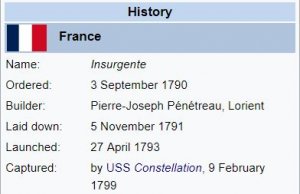
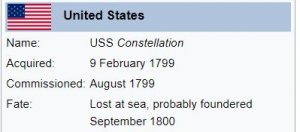
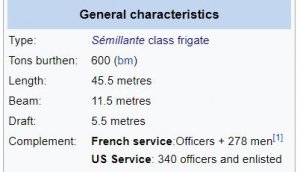
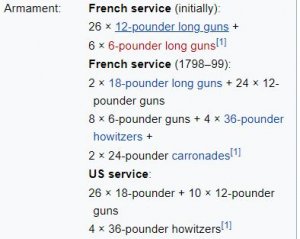
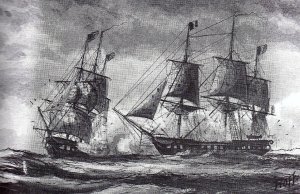
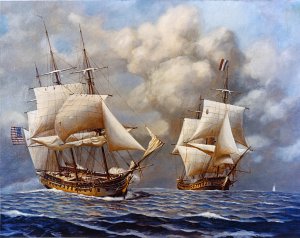


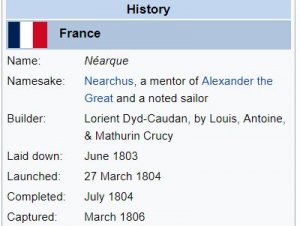

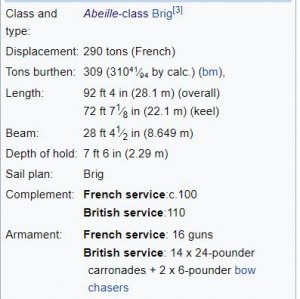

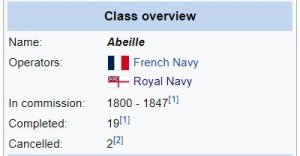

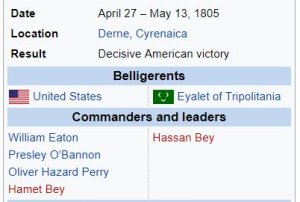
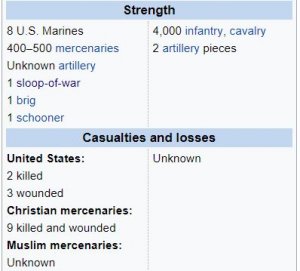
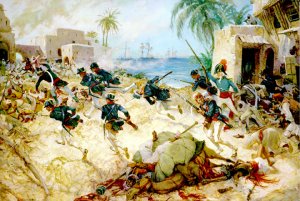
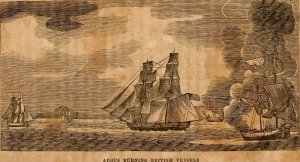


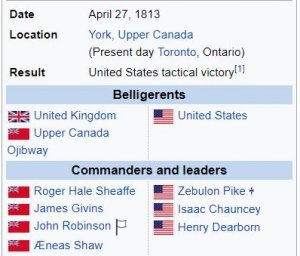
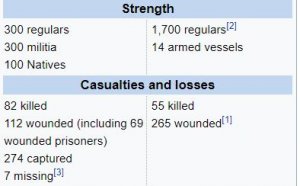
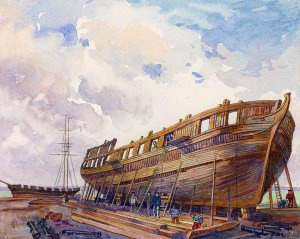

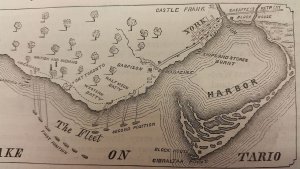


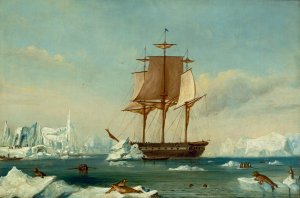
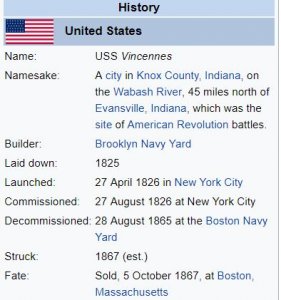
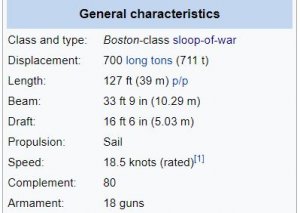

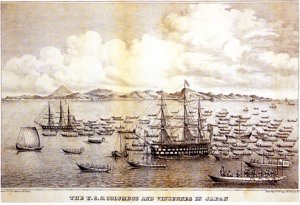
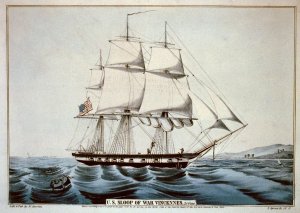

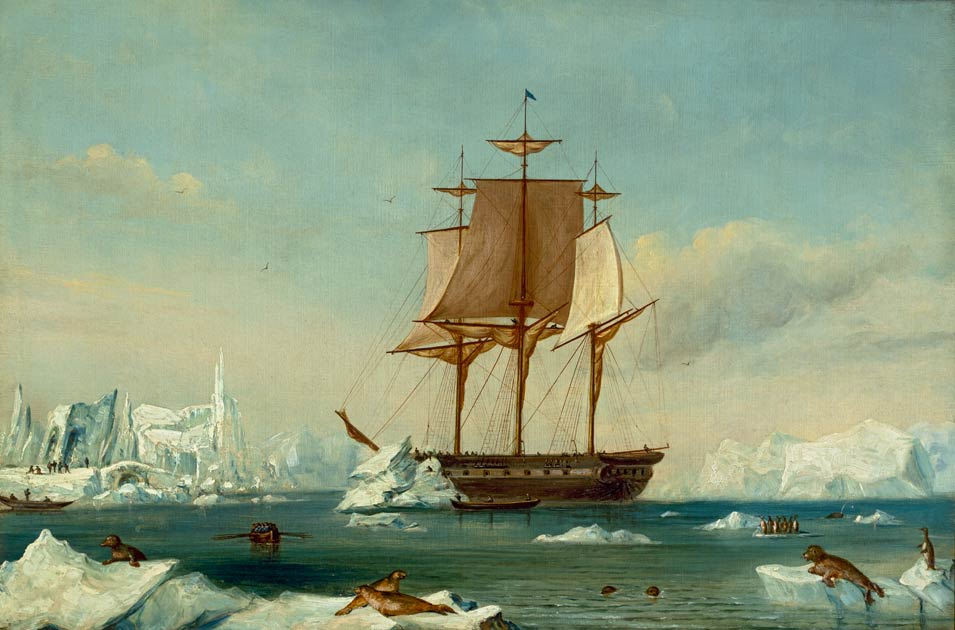
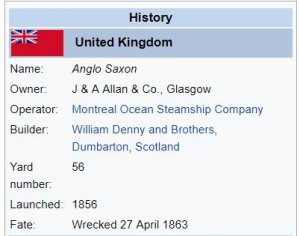
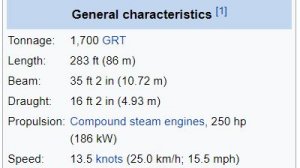
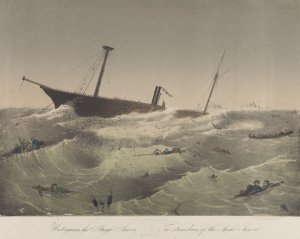
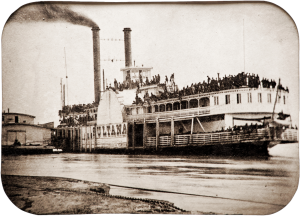
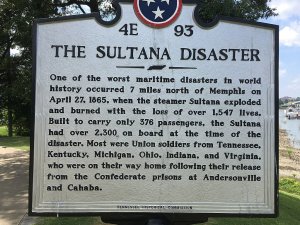
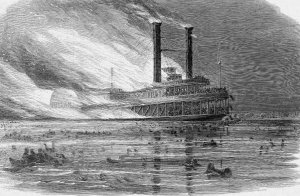

 paper accounts indicate that the people of Memphis had sympathy for the victims despite the fact that they were an occupied city. The Chicago Opera Troupe, a minstrel group that had traveled upriver on the Sultana before getting off at Memphis, staged a benefit, while the crew of the gunboat Essex raised $1,000.
paper accounts indicate that the people of Memphis had sympathy for the victims despite the fact that they were an occupied city. The Chicago Opera Troupe, a minstrel group that had traveled upriver on the Sultana before getting off at Memphis, staged a benefit, while the crew of the gunboat Essex raised $1,000. 